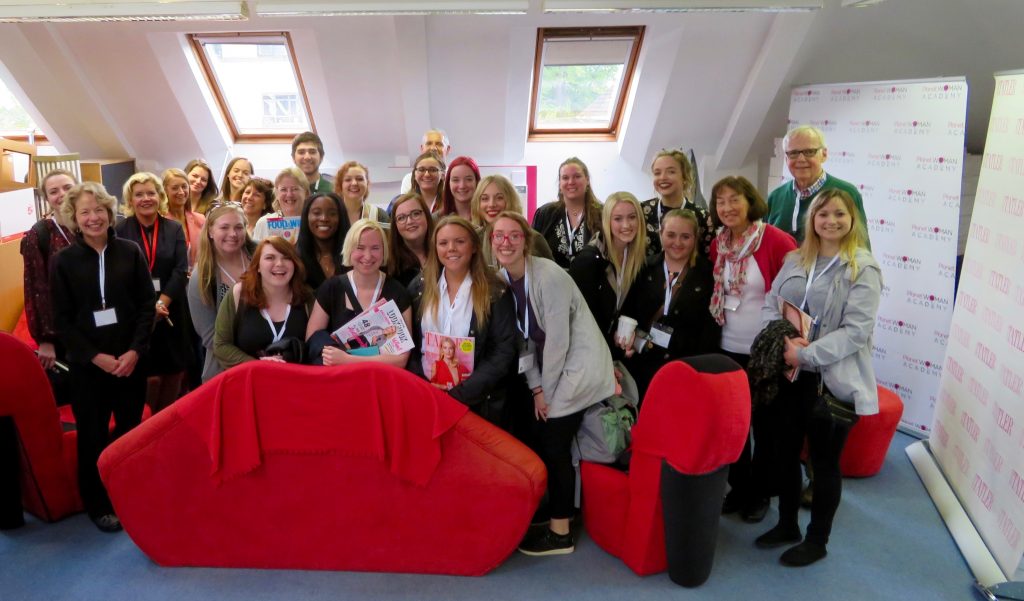
By Kristin Snapp
Often media students are told they’re willing passengers on a sinking ship, but Ciaran Casey, CEO of Harmonia Magazines, had different advice to offer to the international media students.
“The years that you’re coming into in this industry are going to be fantastic,” Casey said. “If ever an industry needs people on the business side with creativity, it’s this one.”
Casey is the mastermind behind the biggest magazine publisher in Ireland, with 4.4 million magazines printed and 18 different titles.
Harmonia publishes consumer magazines like Tatler and Women’s Way, business to business magazines, and customer magazines that are made for specific retailers and companies to distribute to their customers and employees.
Harmonia has two revenue streams – content and advertising, as is customary for most magazines.
While advertising plays an integral role in keeping Harmonia afloat, “the editorial integrity in our organization is absolutely protected,” Casey said.
Most magazines in the U.S. have an abundance of subscribers who receive their copies in the mail on a monthly basis – but that is not the case for magazines in Ireland. American magazines receive discounted postage for subscribers, but the Irish mailing service does (I believe there is just one postal service) not offer this amenity, so magazine sales are based solely on newsstand purchases.
As for advertising with Harmonia, the organization has an easier pitch than most. The company publishes about 49 percent of women’s magazines in Ireland, allowing it to reach over 1 million women monthly.
According to Rachel Supple, commerce director at Harmonia, luxury brands fight over the inside cover ad space in Harmonia magazines.
But, Supple’s job is not merely a walk in the park. Part of her duties include understanding the brands’ advertising with their magazines so she can effectively know where ads should be placed.
Supple is also in charge of organizing reader events.
“It’s by talking to the readers that we produce a magazine that people want to buy,” Supple told students.
Students heard from those working directly for some of Harmonia’s biggest titles, too.
Miriam Atkins, editor of Food and Wine Magazine, spoke to students about her day-to-day duties. She explained that it isn’t solely a desk job, but it isn’t just eating and drinking, as most people seem to think – noting that she does a lot of research on her subjects.
“You don’t need to be the expert,” Atkins said. “You can interview the experts.”
Harmonia doesn’t just print consumer or business to business magazines. The company also publishes consumer magazines, which are created for one specific retailer to then distributed to their customers.
The customer magazines involve doing shoots with people that are already at Harmonia to create a publication that not only looks appealing, but fulfills the brand’s wishes, according to Senior Editor of Harmonia Creative Rebecca McKnight.
“This is a different challenge altogether,” McKnight said. “It’s one that’s really enjoyable … no matter how much I make.”
The editorial staff at Harmonia spoke to students about working at small companies. While it might be an aspiration for students to want to work at media giants, Atkins feels there is more to be learned at small companies, where employees can be more involved in the overall process.
“The more skills that you can acquire early on, the better off you’ll be,” Atkins said.